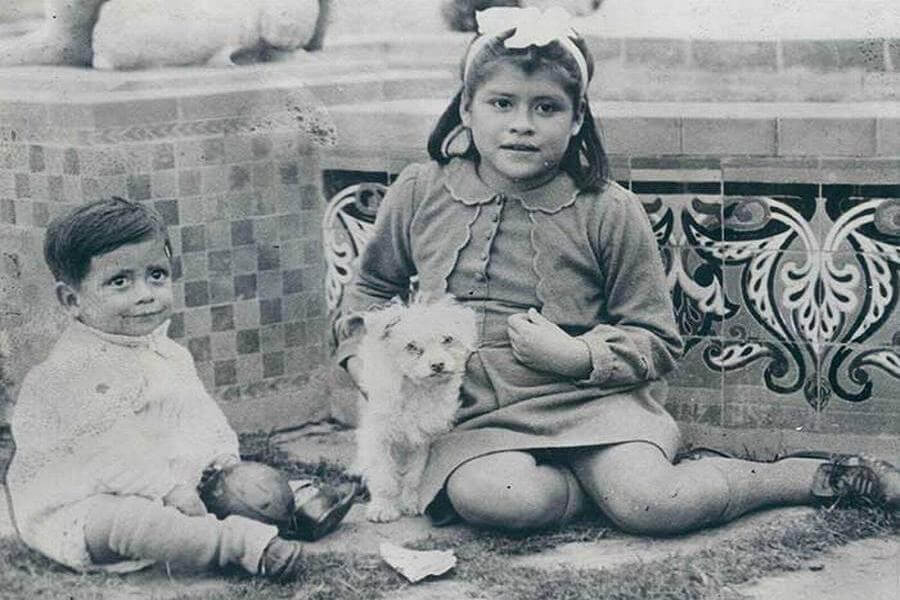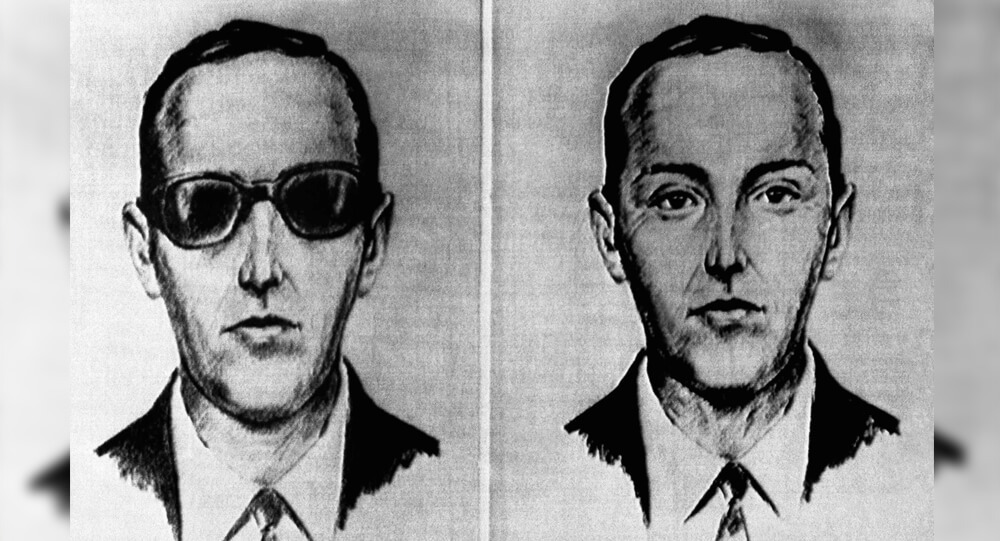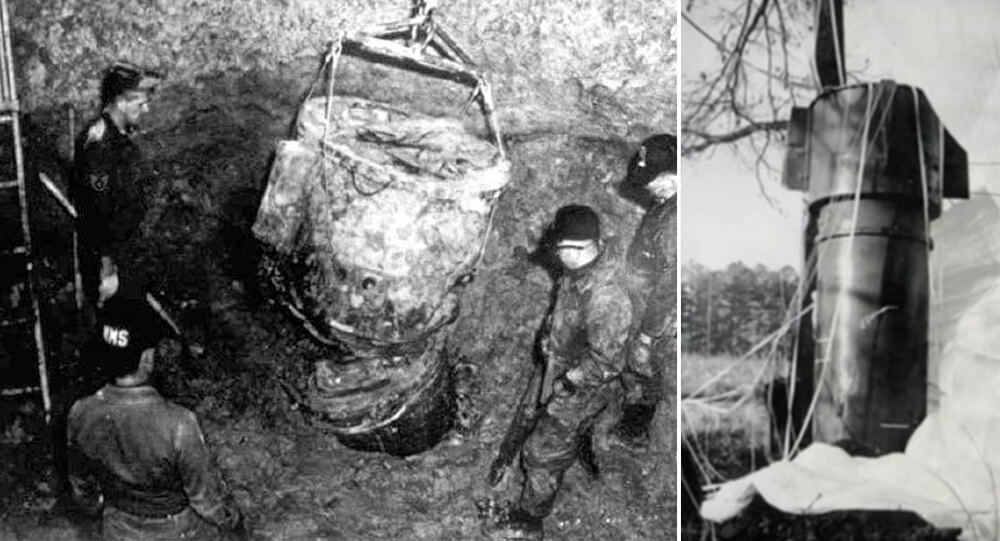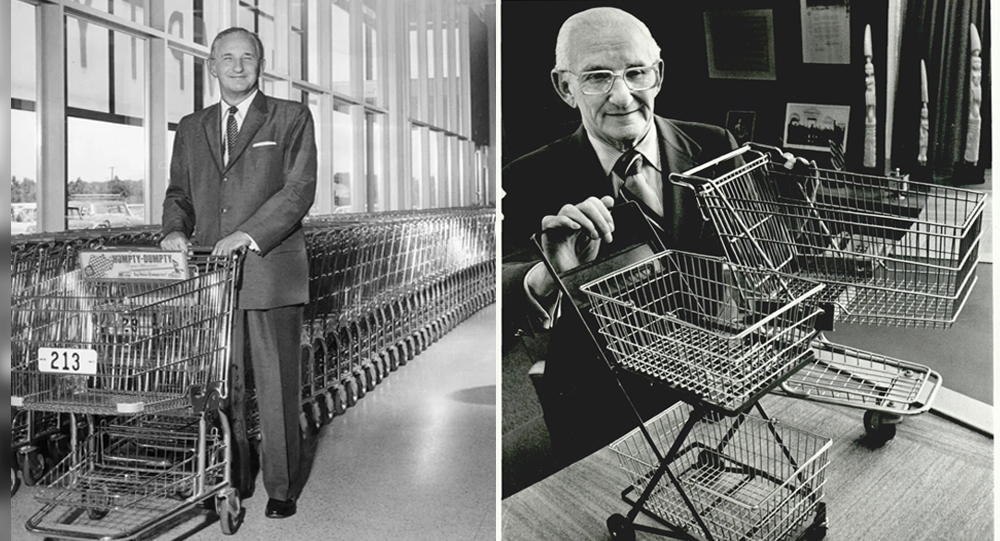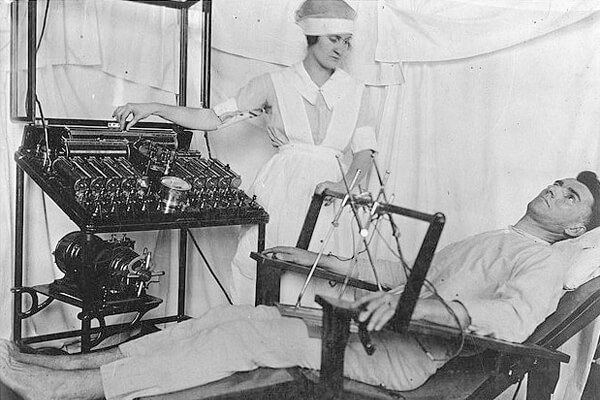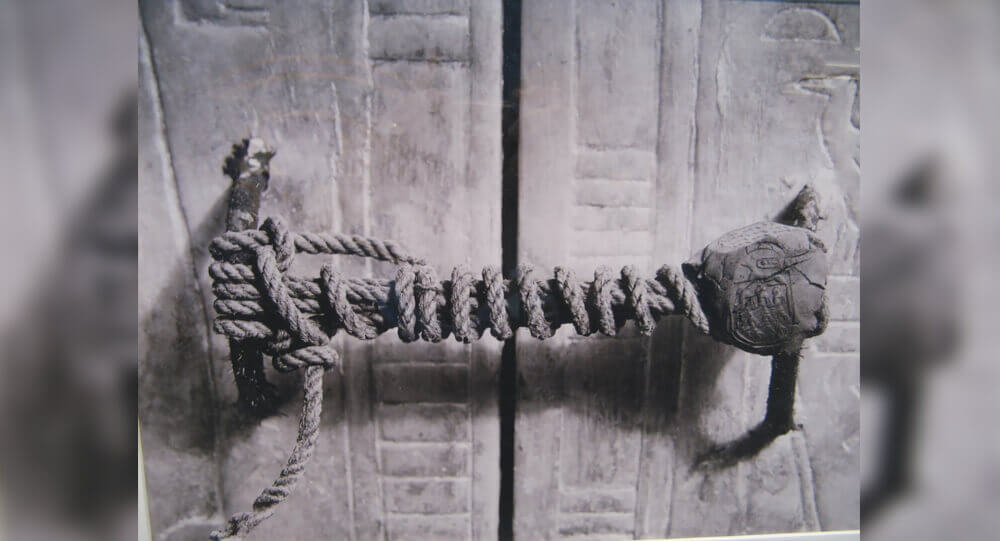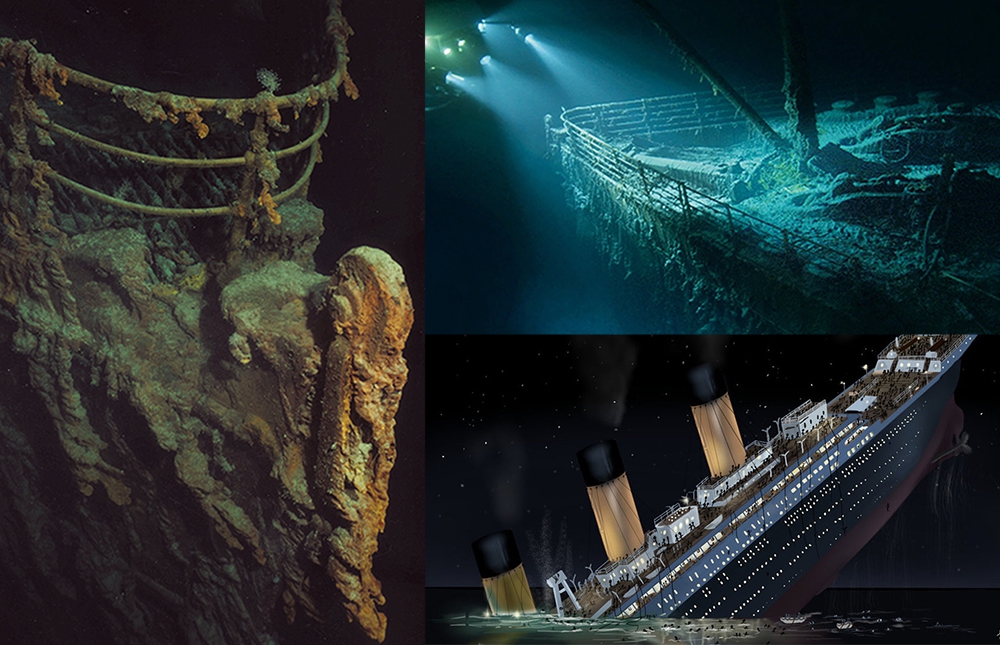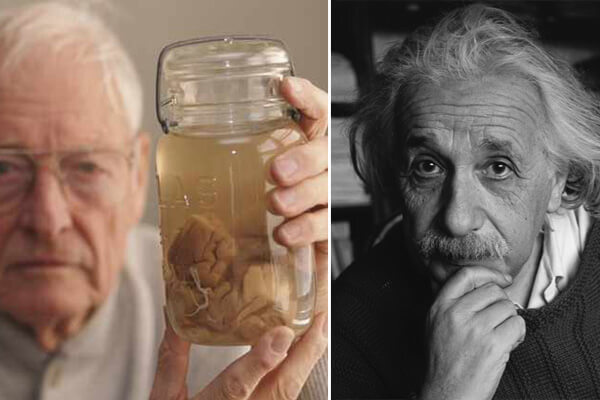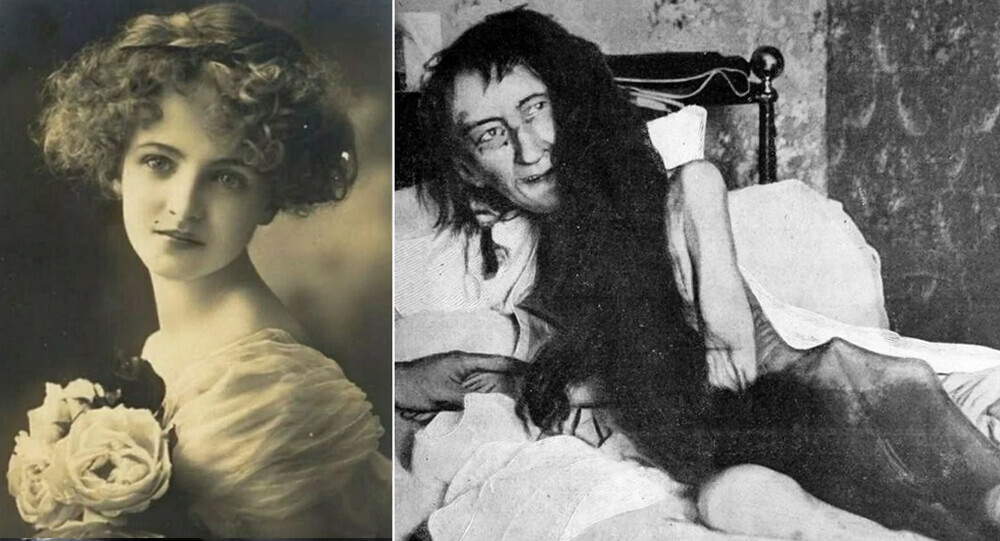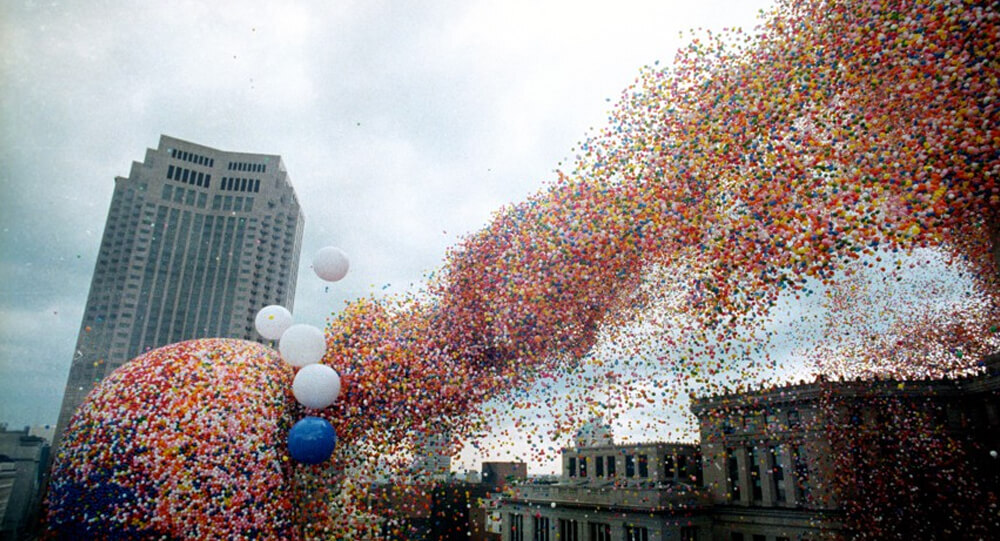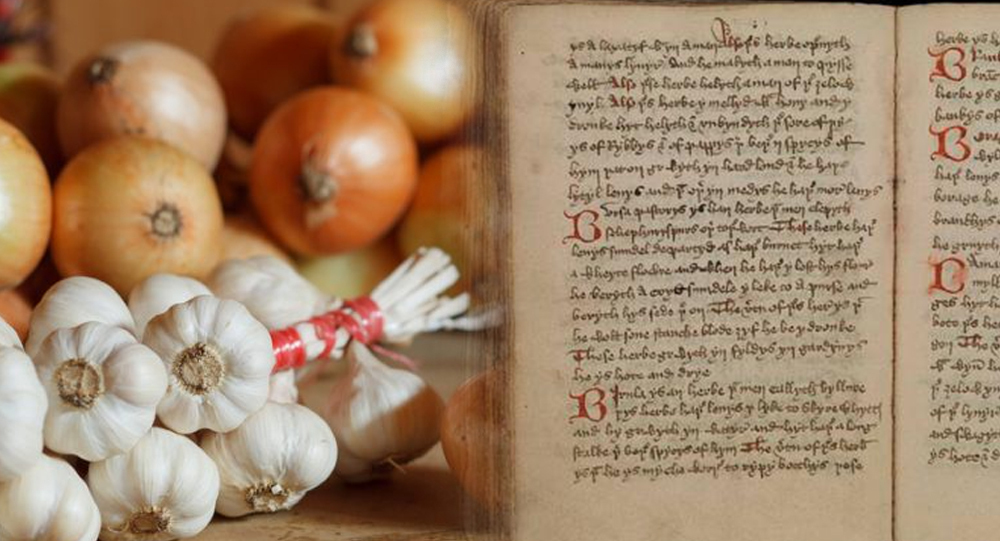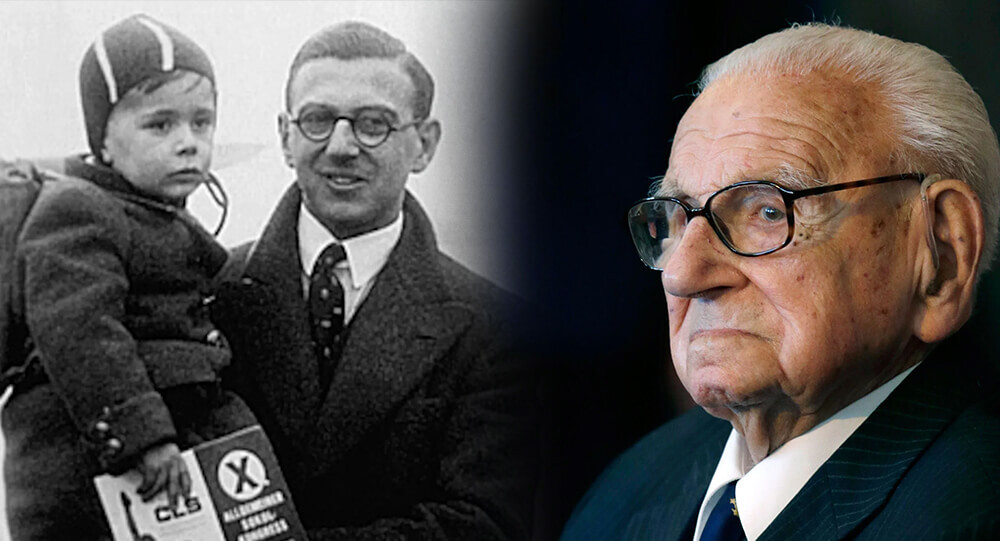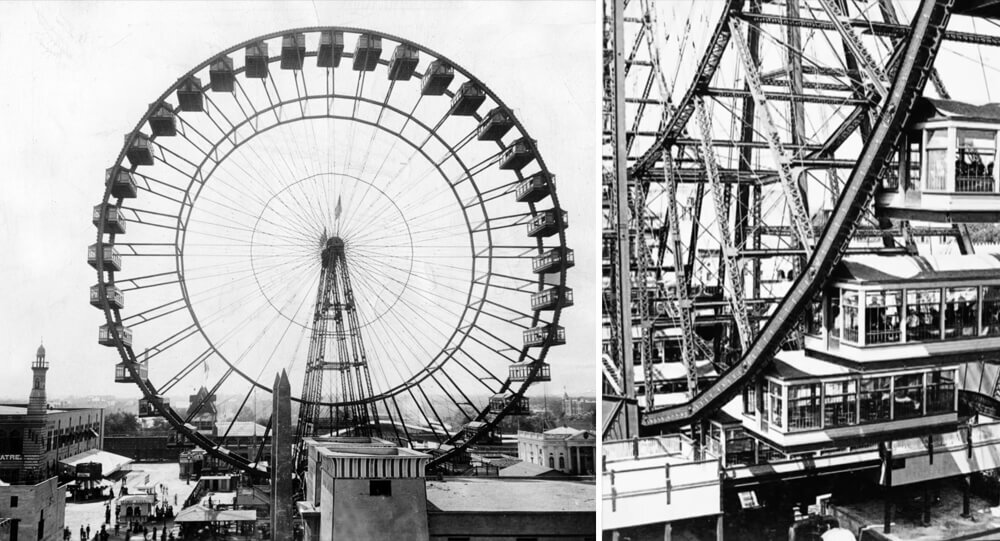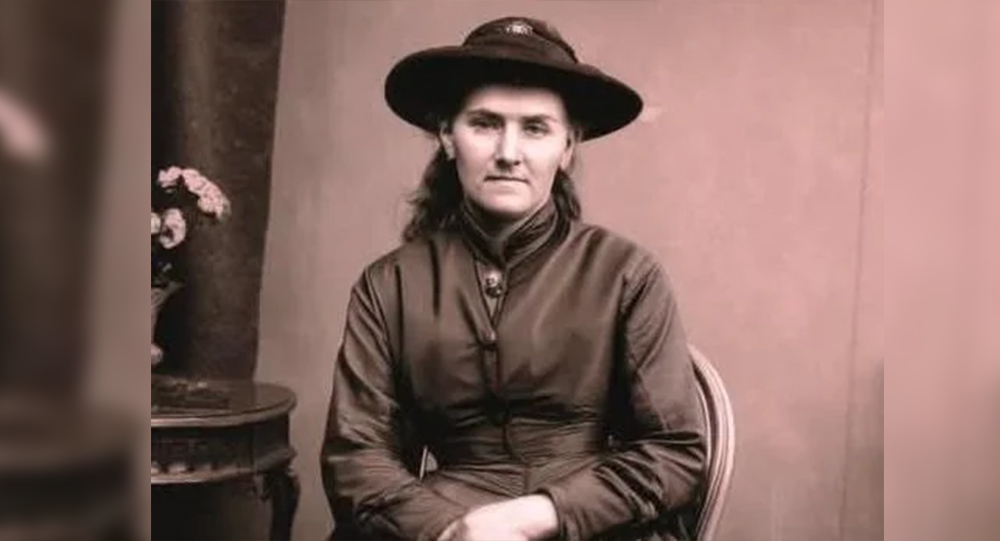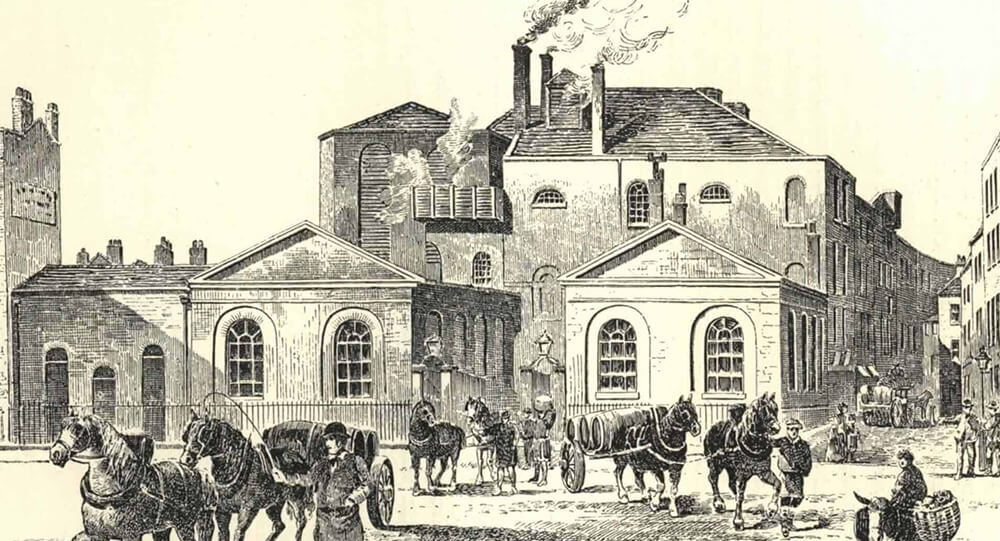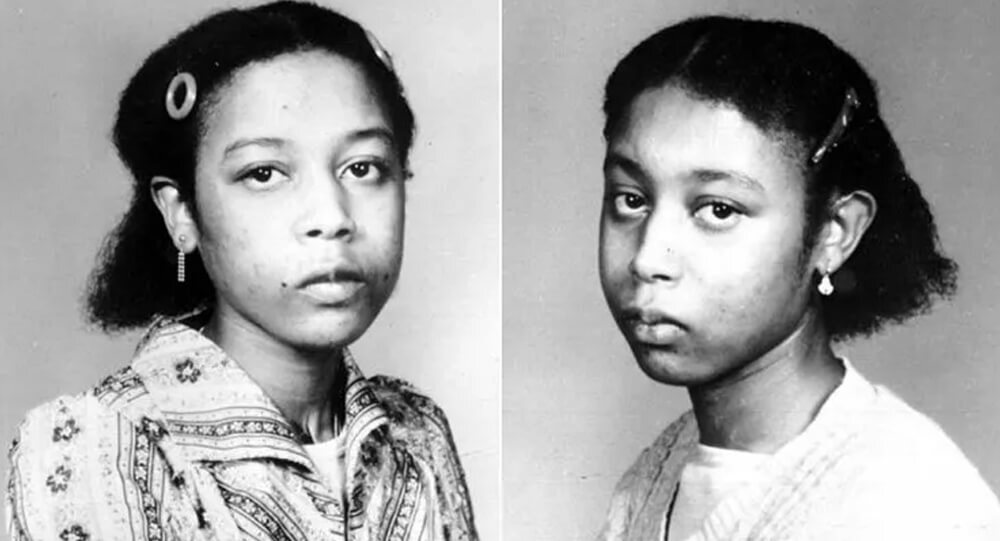
June and Jennifer Gibbons, identical twins, were born on April 11, 1963, in a military hospital in Aden, Yemen, while their father served in the Royal Air Force.
They came to the UK with their parents, Gloria and Aubrey Gibbons, from Barbados. Their births and early years were ordinary, but their parents discovered they were different from other girls not long before they reached the age of speaking.
They were unusually close and late in speaking. His family claimed that they both had a speech impairment that made it difficult to understand them. Their parents had to guess what the twins were trying to say, and after a few years, they had developed their own unique language that only they understood.
They were the only black students in school, and as a result, they were subjected to constant bullying, which seemed to strengthen their bond. In 1976, a doctor came to the school to administer tuberculosis vaccinations to the children. June and Jennifer’s strange behavior and lack of emotion when receiving the injection shocked him, so he informed the school’s headmaster.
The doctor refused to give up and pushed that the girls be enrolled in therapy, despite the headmaster’s assurances.
They wouldn’t talk to anyone.
They refused to speak to anyone after consulting multiple psychotherapists and psychologists. Ann Treharne, a speech therapist, didn’t meet the twins until February 1977, and they made considerable progress.
Although she was unable to communicate with the girls, they agreed to have their chats recorded if they were left alone. Treharne deduced from the recordings that their secret language was a combination of English and a sped-up version of Barbadian creole.
During their sessions, Ane Treharne got the idea that June wanted to talk to her but was afraid of Jennifer telling her she couldn’t.
Their parents agreed to separate the girls the following year in order to test whether this would cause them to open up, but the experiment failed. The twins became even more cut off from the outside world, refusing to eat, dress, and spend most of their time in bed.
The physicians had no choice but to reconnect them, only for them to resume their silent behavior. They wrote letters to their parents to speak with them.
At the age of 16, the twins dropped out of school. They used to makeup stories with their dolls, read a lot of books and enjoy writing. They’d occasionally tell their younger sister Rosie about their adventures.
Their Situation Got Even Worse
The girls turned 18 in 1981 and began experimenting with alcohol and drugs, as well as committing minor crimes.
Their activities progressed to arson, and they were apprehended the next year. They set fire to three structures and were caught red-handed attempting to set fire to Pembrokeshire Technical College.
Marjorie Wallace, a London-based journalist for The Sunday Times, came across the twins’ story and was determined to learn more. She paid June and Jennifer visits in prison while they awaited their trials. She wished to shatter the stillness between them.
Wallace had read some of their articles and expressed her admiration for them to the twins. June’s reactions were ecstatic, and she questioned if she liked them with difficulty.
June and Jennifer pled guilty to 16 offenses of burglary, theft, and arson after their trial at Swansea Crown Court. They were condemned to indefinite imprisonment at Broadmoor, the most secure mental facility in the United Kingdom.
Their Stay at Broadmoor Hospital
Wallace believes it was an injustice that they were sent to a facility with cold-blooded killers and other dangerous offenders, but no other facility would take them because their behavior was too upsetting.
Wallace began visiting the twins every weekend at Broadmoor, determined to break into their inner world, and she gradually gained access to their universe.
Jeniffer and June spent nearly a decade in Broadmoor. It had been 12 years of agony, according to June. They were medicated with antipsychotics and sedated on a regular basis. The size of their journals and books shrank substantially. They were frantic to get out, so they wrote letters to the Home Office and the Queen but received no response. They had given up hope.
They got acquainted with Marjorie Wallace throughout their visit. She claimed the twins had a dry sense of humor, that they laughed at her jokes, and that they would sometimes spend entire teas laughing.
Wallace, on the other hand, began to notice the evil within each twin. She discovered from their diary entries that June felt possessed by her sister and was terrified of her, whom she referred to as her “black shadow.” June was Jennifer’s mortal nemesis, and she described her as “a face of agony, lies, and murder.”
Despite the fact that they looked to have an unbreakable link, the twins’ terror of each other grew over time, as seen by their writing.
Wallace put forth a lot of effort to figure out how the twins interacted, and he saw that June seemed to be more afraid of Jennifer, the dominant force. June attempted to open up more to Wallace, but Jennifer’s subtle cues appeared to prevent her from doing so.
Free at last?
The twins were cleared for relocation to a medium-security clinic closer to home in 1993, a month before their 30th birthday. After 12 years, it was their first step toward liberation.
Wallace paid one last visit to the twins at Broadmoor a few days before the relocation. They were having a pleasant talk when Jennifer abruptly said:
“Marjorie, I’m going to have to die.”
Wallace thought she was joking and told her:
“Why are you going to have to die? You’re not ill.”
The twins answered:
“Because we’ve decided. We have made a pact. Jennifer has got to die.”
They seemed to have arrived in the conclusion that one of them would have to give up their life in order for the other to truly be free.
Wallace was terrified at that moment, knowing they meant it, and she opted not to ask any more questions.
She informed the physicians, who assured her that nothing was wrong and that the girls were being watched.
Jennifer Gibbons’ Death: What Happened to Her?
Jennifer said she wasn’t feeling well the morning they left Broadmoor. She placed her head on June’s shoulder in the transport cart and whispered, “At long last, we’re out,” before slipping into a coma.
She died less than 12 hours later from undetected acute myocarditis, a rare heart condition characterized by inflammation. It’s only a small percentage of the time when it’s fatal.
Jennifer Gibbons’ death is still a mystery, as there was no sign of poisoning or anything strange in her system.
June wrote in her diary about her loss and sorrow at her sister’s death, but Wallace paid her a visit to the new hospital after a few days and was surprised to find her in excellent spirits and eager to talk. June, she claimed, appeared to be a new person.
She gently explained to Wallace how Jennifer had to die and how they had determined that once that happened, June would be responsible for living for the other.
June spent a year at Caswell Hospital before returning to West Wales to start a new life. She continues to reside in the United Kingdom, close to her family. She leads a normal life and speaks to everyone who will listen, although she has attempted to stay out of the spotlight in the past, with the exception of a few interviews.

story of the youngest mother in the world at age of five - Lina Medina
Lina Medina, a five-year-old Peruvian girl, became the youngest mother in history in 1939 when she gave birth to a boy.

D.B. Cooper: Man who hijacked a plane and jumped out with a $200,000
On November 22, 1971, DB Cooper hijacked a Boeing 727, drank a whisky, smoked a fag, and then jumped out of the plane with $200,000. He was never again seen.

Ancient Jericho: The First Walled City In History
The ancient city of Jericho is the world's oldest walled city, with evidence of stone fortifications dating back nearly 9000 years.

Nuclear bomb accidentally dropped on North Carolina in 196
4 January 1961: The 4241st Strategic Wing's Boeing B-52G-95-BW Stratofortress, serial number 58-0187, was on a 24-hour airborne alert mission off the United States' Atlantic Coast.

Sylvan Goldman: The Visionary Who Revolutionized Shopping with the Cart
The inventor of shopping carts, Sylvan Goldman, had to hire several male and female models to push carts around in his store, demonstrate their utility, and explain their use to other customers, due to not catching on initially.

Top 10 most cruel medical procedures that are being used today
We are all aware that medicine has advanced dramatically over the last fifty years. There are several modern medical approaches available today, but this was not always the case. However, the past of medicine is a dark one. Medical leeches, lobotomy, vascular surgery, cranial stenosis, and even electroshock therapy are all options. These are only a couple of the cruel healing techniques that are still in use today.

Mario Segale, Developer Who Inspired Nintendo to Name Super Mario
Super Mario is named after real-life businessman Mario Segale, who was renting out a warehouse to Nintendo. After Nintendo fell far behind on rent, Segale did not evict them but gave them a second chance to come up with the money. Nintendo succeeded and named their main character after him.

The incredible story of a plane that lost its roof in mid-flight and the light signal that saved 94 lives.
On April 28, 1988, Aloha Airlines flight 243 was on the way to Honolulu from Hilo when a huge portion of the upper part of the fuselage blew off the airplane.

The unbroken seal on King Tutankhamun's tomb until 1922
The unbroken seal of Tutankhamun's tomb before it was opened in 1923, it was unbroken for over 3000 years.

The Bizarre (And Magical) Duel Between Chung Ling Soo And Ching Ling Foo
Ching Ling Foo and Chung Ling Soo were two magicians from the early 20th century who were bitter rivals. While Ching Ling Foo was genuinely Chinese, Chung Ling Soo was actually a New Yorker named William Robinson.

8 Interesting Facts About The Unsinkable Ship, TITANIC
If you ask your friends what's the most famous ship in history the answer in most cases will be the same, of course the legendary Titanic. Its history is full of mysteries, at first it was a source of hope and national pride as well as proof of the triumphs of mankind but it soon became a source of nostalgia and pain, the extent of which cannot be described in words.

Albert Einstein’s brain after it was stolen from his body
Albert Einstein's brain was taken by the opportunistic pathologist who performed his autopsy hours after he died and kept in two jars for 30 years. The stolen brain of Albert Einstein was preserved in a cookie jar for 30 years until being discovered by a journalist.

Blanche Monnier: Imprisoned For 25 Years For Falling in Love
Blanche Monnier, she was a French woman noted for her beauty, she wished to marry an old lawyer that her mother disapproved of, so she locked her in a small dark room in her attic for 25 years.

Will & William Wests: The puzzling situation of two inmates who are identical but not related
These are the mugshots of Will West and William West, and they are not related. They were both sent to Leavenworth Prison at the same time, in 1903, and after some confusion, the staff understood they had two different prisoners with the nearly same name, who looked exactly alike. They are part of the reason fingerprints are now used as identification.

How Cleveland's Balloonfest in 1986 Turned Into a Public Tragedy
In Cleveland, Ohio, United Way broke the world record by deflating nearly 1.5 million balloons as part of a publicity stunt to raise money. The balloon obstructed a US Coast Guard search for two boaters who were subsequently discovered to have drowned, blocked airport runways, and blocked land and waterways.

Medieval Medicine: A 1,000-year-old onion and garlic salve kills modern bacterial superbugs
Scientists recreated an Anglo-Saxon manuscript-based 9th century onion and garlic eye remedy and discovered that it killed 90% of antibiotic-resistant staph bacteria (MRSA).

Nicholas Winton ‘British Schindler’: Man who rescued 669 Czech children from Nazis
A man named Nicholas Winton saved 669 kids during WWII and lived almost all his life without letting people know.

Story of Kathrine Switzer: the first woman to run in Boston Marathon
Before women were allowed to run in the Boston Marathon, Kathrine Switzer participated. A race official attempted to forcefully remove her from the race in 1967, but her boyfriend pushed him down. She was the first female finisher who had a numbered entry in the race.

how Ferris wheel invented
In 1891, Chicago challenged engineers to create a structure to surpass the Eiffel Tower for the World's Columbian Exposition. George Washington Gale Ferris jr. responded with the original Ferris Wheel, a giant rotating structure elevating visitors above the city. This invention became an iconic attraction at the fair.

Why Comedians Failed to Make Sober Sue Laugh in the Early 1900s
In the bustling vaudeville scene of early 20th century New York, a mysterious performer known as "Sober Sue" captured public imagination not for jokes or songs, but for her unshakable stoicism—she never smiled or laughed. A local theater even offered a tempting reward of $1,000 to anyone who could make her laugh, drawing crowds and famous comedians eager to claim the prize. Despite countless hilarious attempts, Sue remained expressionless, a mystery that baffled performers and audiences until it was revealed that she suffered from facial paralysis, explaining her unchanging demeanor.

The 1814 London beer flood
In 1814, there was a beer flood in London when a tank containing more than 300,000 gallons ruptured in which 8 people drowned.

The true story Of The Radium Girls that change US labor laws
Hundreds of young women worked in clock factories during World War I, painting watch dials with luminous radium paint. The company lied about the risk of radiation, claiming there was no danger, which resulted in the death of the young women.

Archaeologists Uncover 2,000-Year-Old Amazonian Cities Using Lidar Technology
Deep in the Ecuadorian Amazon, archaeologists have uncovered an ancient network of urban settlements once inhabited by the Upano people about 2,000 years ago. Using cutting-edge lidar technology, these discoveries reveal a highly organized society featuring sophisticated agricultural systems, drainage canals, and extensive road networks. This transformative find challenges long-held assumptions about ancient Amazonian societies and sheds light on a complex civilization thriving in one of the world’s most biodiverse regions.

Remembering the miracles of the 1985 Mexico earthquake (unbelievable stories)
In 1985, after an 8.0 magnitude earthquake hit Mexico City, nearly all newborn babies survived a collapsed hospital. They are known as “Miracle Babies” for surviving 7 days without nourishment, water, warmth or human contact.

Did Gil Pérez Really Teleport from Manila to Mexico Overnight? The 1593 Mystery
On October 24, 1593, while performing his guard duties at Manila's Governor's Palace in the Philippines, Gil Perez stopped to lean against a wall and sleep for a while. He opened his eyes to find himself in an unusual environment. Gil was in the Plaza Mayor in Mexico City. They imprisoned Perez, but the authorities in Mexico City decided to release him and return him home.

